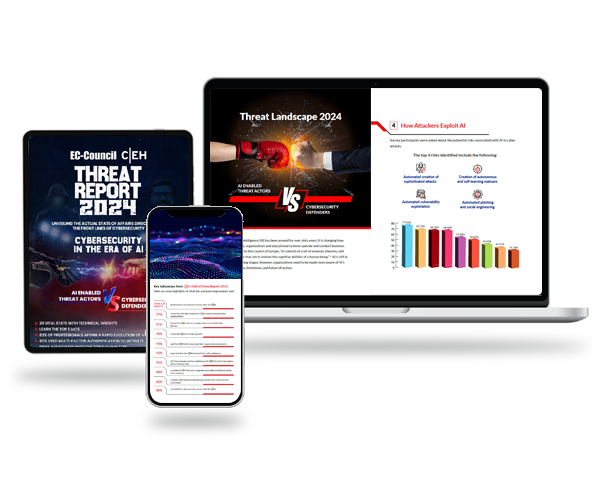- 087 941 5764
- impactful@lrmg.co.za
Articles

Love this. Share it Now!
The Information Technology landscape is constantly evolving, necessitating the need for professionals to remain updated and sharpen their skills continuously. One such area of expertise lies in virtualization and remote desktop solutions, with Citrix Virtual Apps and Desktops (CVAD) and Desktop-as-a-Service (DaaS) being two of the most prominent technologies. This article will explore the differences between these two solutions to help IT professionals make informed decisions about the right technology for their skills development.
To compare CVAD and DaaS effectively, it is important to have a clear understanding of both technologies:
In contrast, DaaS is typically deployed in the cloud, allowing organizations to offload infrastructure and management responsibilities to a third-party service provider. This reduces the complexity of managing a VDI environment and allows IT administrators to focus on more strategic tasks. However, DaaS might not be suitable for organizations with strict security or compliance requirements that necessitate on-premises data storage.
CVAD supports rapid deployment of new virtual apps and desktops to accommodate growing user demand. It also provides intelligent load balancing and resource allocation, ensuring optimal performance and user experience.
DaaS also offers a highly scalable environment, as cloud service providers can promptly provision new virtual desktops based on demand. However, the scalability of a DaaS solution might be limited by the service provider’s capabilities, so it’s essential to choose a provider that can meet your organization’s growth requirements.
DaaS operates on a pay-as-you-go model, where organizations pay a monthly fee based on the number of virtual desktops in use. This model eliminates the need for upfront capital expenditure and can result in lower overall costs for smaller organizations or those with fluctuating user requirements. However, DaaS can become more expensive over time if your organization requires a large number of virtual desktops or if the service provider increases their fees.
In conclusion, both CVAD and DaaS provide valuable virtualization solutions with unique advantages and drawbacks























































